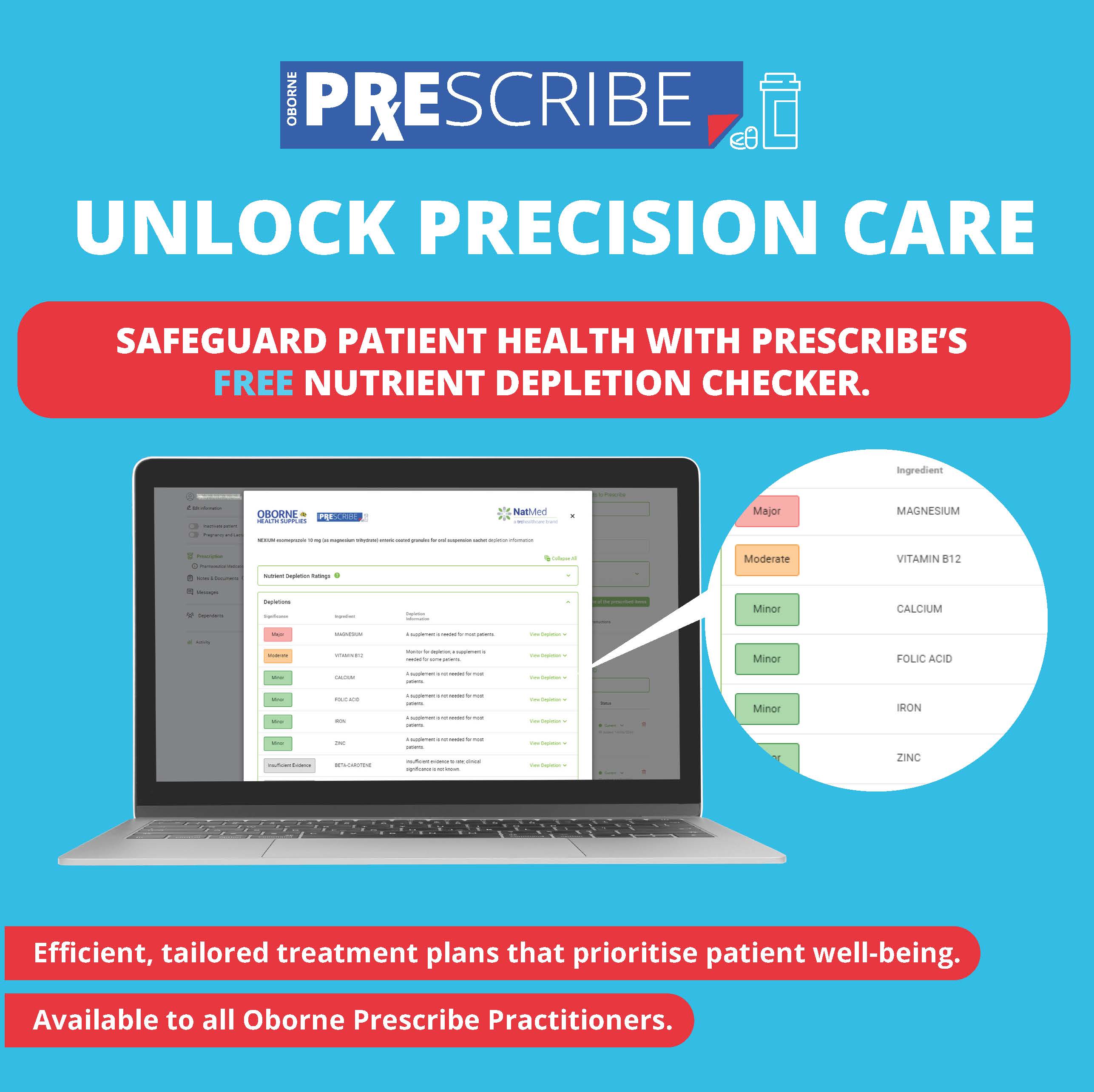Volume 34 Issue 2
Editorial
Susan Arentz
For referencing Arentz S. Editorial. The Australian Journal of Herbal and Naturopathic Medicine 2022;34(2):56
DOI https://doi.org/10.33235/ajhnm.34.2.56
As we emerge from COVID-19 restrictions, without diminishing the tragic truth, an unexpected discovery has been the way digital media has supported our coping. Out of shear necessity, even sworn anti-internet users took up their device and cooperated en masse in human-to-human connections. Our mastering of electronic worlds heralded changes that would have ordinarily taken 10–15 years, but were collectively implemented in 2–31. We entered a digitised world, avoided loneliness, and being wracked by a rampant, dystopian fear of the hard lockdowns in 2020–21.
Digitised worlds opened windows with unexpected opportunities, bringing us to see things in a way many of us had not thought of before. Crossing several boundaries, we connected with perfect strangers, continued going about our lives in non-physical ways, and supported patients and public health. Post pandemic, we’ve realised that many of our virtual worlds will become permanent as we discover that important aspects of our roles can be covered whilst working from home.
At the heart of these mass cooperation events there is a collective consciousness that forms the very fabric that differentiates us as human beings. It is in this enclave where people share beliefs, experience and stories. The pandemic story was about a virulent, deadly virus in the air, and risk of infection when close to others. Because humans live in two different realities2,3 – a created reality of invisible things, (e.g. wifi, human rights and pain), as well as an objective reality (e.g. forests, rocks and koalas) – the pandemic story was punctuated by data with daily announcements of incidence, hospitalisations and deaths. In the early days, without much COVID-19 experience, these objective facts bolstered our belief in the story. We acted in mass-solidarity, in ways to reduce the impact, for the good of ourselves and everyone else. But imagine if data were not cited and imagine if most of us were not even listening.
In the real world, people tend to gravitate towards similar voices. We like hanging out with like-minded folk, we relate and understand, and it validates our own lived experiences4. As clinicians, this is apparent when we have stronger memories of individual patients. It is because their stories align more closely to ours or that of our loved ones. In digitised worlds, it’s the same. We are attracted to stories that re-enforce our own, and tend to pay more attention, have more interest and more compassion. However, for human beings, the sentimentality that we feel in a story can be stronger than our discernment about the truth5. Feelings of empathy, compassion and power-to-help are compelling, and can overshadow the absence (or distortion) of facts. In these times of change, as our profession adapts, important notes-to-self should be kept at the back of our minds.
First, the lack of difference in like-minded groups prevents exposure to the benefits of diversity. Diverse stories, opinions and experiences sensitise us to the perspectives of others. It is a bigger-picture view and can support empathy and compassion for suffering that otherwise may not be seen. Whilst we feel very comfortable in our virtual world of mirrors, stepping into unfamiliar groups will broaden our scope and can shift our perspective.
Second, the truth of story, is boosted with evidence. Through our specific experiences and knowledge, our worldview holds important information for people with complex and chronic illness, and our story matters6. Whilst it may contrast with others, we are united in the common need to relieve human suffering, within and beyond the worlds of our virtual and real-world clinic walls. Connecting with diverse stories and augmenting our own with proof, facilitates adaption as a profession and aligns our story to others in healthcare, supporting a collective empathy and compassion, and upholding humanity in real and virtual worlds.
This issue includes key findings for naturopathy detailed in the Health Technology Assessment7. In a summary put together by Iva Lloyd, the president of the World Naturopathic Federation, approximately 5.5 million naturopathic consults occur per month, in at least 108 countries. In 2022, consumer demand and the mounting prevalence of complex and chronic disease have meant that naturopathy continues to have a relevant and evolving story.
Many of us are raring to get back to a face-to-face, physical way of doing things, and May 2022 was the month it happened. The Herbal Symposium held in Sydney over 2 days was filled with useful information, practical tips and reflections on clinical practice in Australia. This issue includes the summary abstracts of each presentation.
Also included is a four-arm randomised control trial of essential oils (lavender and Damask rose) for reduction of nausea in people undergoing chemotherapy. Significantly less nausea was found for participants using aromatherapy compared to placebo controls, and there were no differences between the effectiveness of lavender and Damask rose when provided individually or together.
Dr Wendy McLean has again put together the MedJourn and MedPlant section for continued professional development (CPD); thanks Wendy.
Finally, I would like to warmly welcome Emeritus Professor Stephen Myers to the editorial board. Stephen is a long-standing leader of naturopathy and herbal medicine. As a qualified naturopath, western medical doctor and pharmacologist, Stephen is a leading academic in natural, complementary and integrative medicine. He has supervised over 17 higher degree research students, authored three books, 10 book chapters, 93 peer-reviewed research papers, and numerous papers for the professional press. He is also a valuable consultant to government, industry and academia across a broad range of issues. We are honoured to have him join the editorial board of the AJHNM.
Author(s)
Susan Arentz PhD, BHSc(Hons)
Editor, Australian Journal of Herbal and Naturopathic Medicine
PO Box 696, Ashfield, NSW 2131, Australia
Email editor.ajhnm@nhaa.org.au
References
- Seetharaman P, Mathew SK, Sein MK, Tallamraju RB. Being (more) human in a digitized world. Information Systems Frontiers 2020;22:529–32.
- Elvidge J. Objective verses subjective reality. The universe solved; 2014. https://blog.theuniversesolved.com/2014/08/08/objective-vs-subjective-reality/
- Corbett C. Friday essay: empathy or division? On the science and politics of storytelling. The Conversation Australia. 2022 Apr 8. Available from: https://theconversation.com/friday-essay-empathy-or-division-on-the-science-and-politics-of-storytelling-176679.)
- Meppelink CS, Smit EG, Fransen ML, Diviani N. “I was right about vaccination”: confirmation bias and health literacy in online health information seeking. Journal of Health Communication 2019;24:129–40.
- Didion J. The white album. Macmillan; 1990.
- Flatt J. Our future: what story will we share? Australian Journal of Herbal Medicine 2017;29:59–62.
- Lloyd I, Steel, A., Wardle, J., ed. Naturopathy. Practice, effectiveness, economics and safety. Canada: World Naturopathic Federation; 2022.






